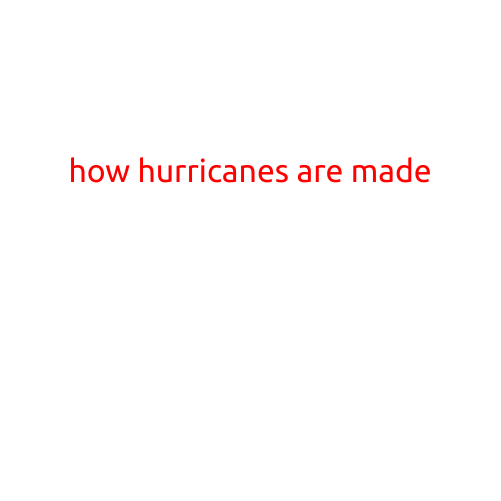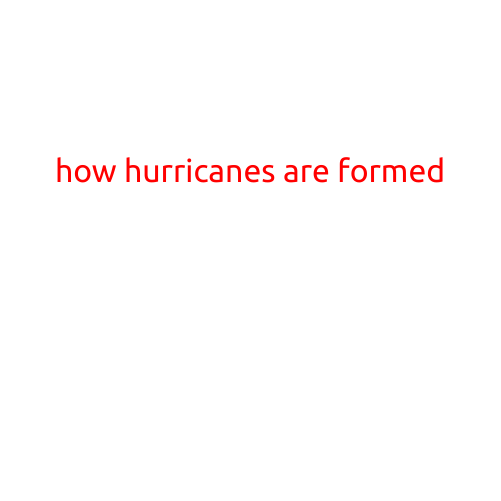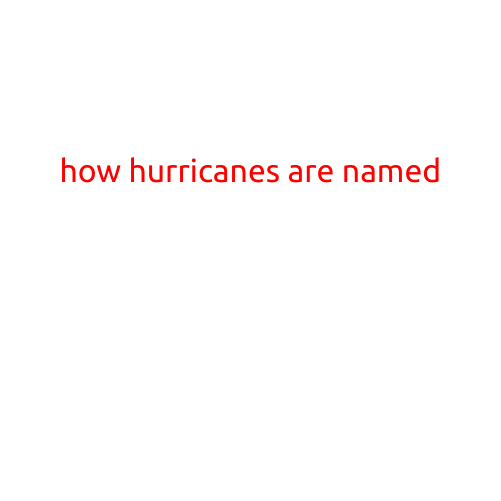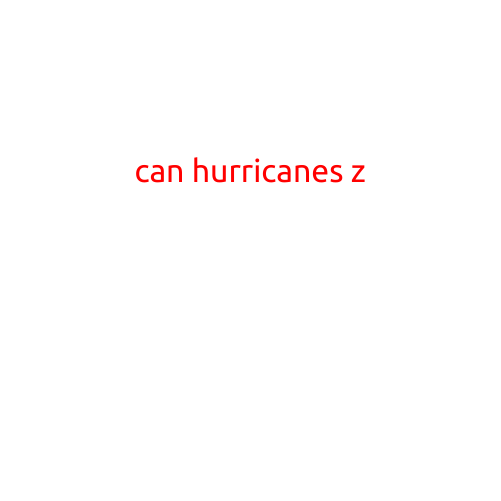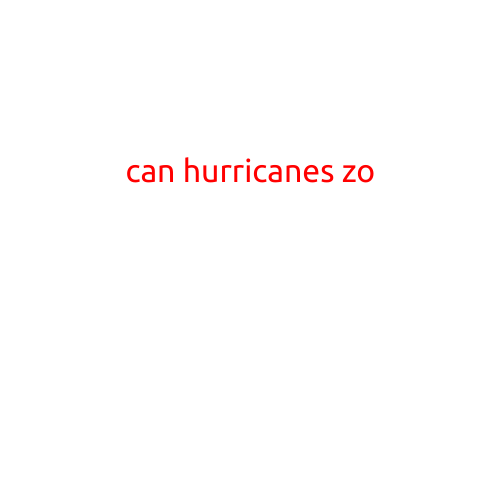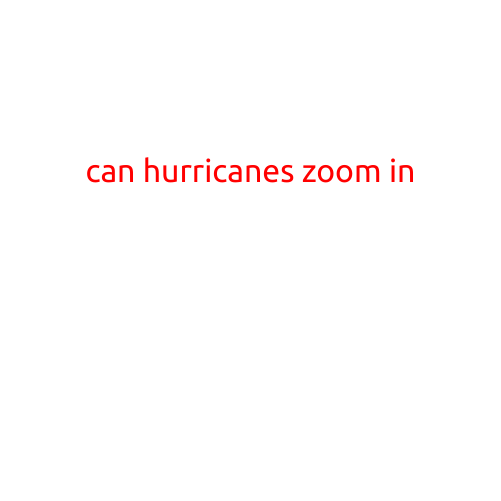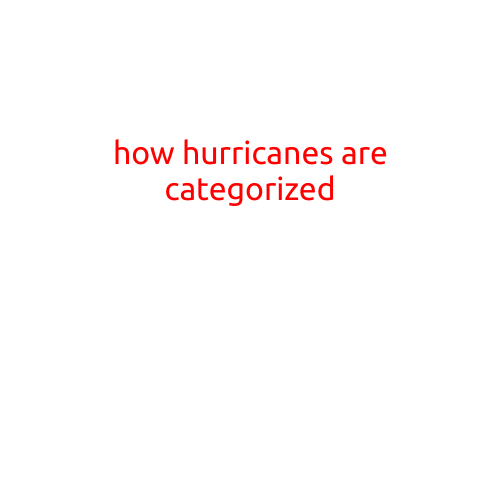
How Hurricanes Are Categorized
Hurricanes, also known as tropical cyclones or typhoons, are powerful and destructive storms that form over the oceans. They are classified based on their wind speed, central pressure, and potential damage. Understanding the category system can help meteorologists, emergency responders, and the public better prepare for these intense weather events.
The Saffir-Simpson Hurricane Wind Scale
The most widely used hurricane categorization system is the Saffir-Simpson Hurricane Wind Scale, developed by hurricane researchers Herbert Saffir and Bob Simpson. The scale rates hurricanes from Category 1 (weakest) to Category 5 (strongest) based on their sustained wind speed.
Here’s a breakdown of the categories:
Category 1:
- Sustained winds of 74-95 mph (64-82 kt, 119-153 km/h)
- Minimal damage to buildings, some damage to trees and power lines
- Storm surge of 4-5 feet (1.2-1.5 meters)
Category 2:
- Sustained winds of 96-110 mph (83-95 kt, 154-177 km/h)
- Some roofing material, door, and window damage to buildings
- Considerable damage to tress and some power lines
- Storm surge of 6-8 feet (1.8-2.4 meters)
Category 3:
- Sustained winds of 111-129 mph (96-112 kt, 178-208 km/h)
- Some structural damage to large buildings, but not to small buildings
- Many large trees snapped or uprooted
- Storm surge of 9-12 feet (2.7-3.7 meters)
Category 4:
- Sustained winds of 130-156 mph (113-136 kt, 209-257 km/h)
- Extensive damage to small buildings, low-lying roads inland may be flooded
- Most of the area will be without power
- Storm surge of 13-18 feet (4-5.5 meters)
Category 5:
- Sustained winds of 157 mph or higher (137 kt or higher, 258 km/h or higher)
- Catastrophic damage will occur
- Half of the well-built framed homes will be destroyed
- Most of the area will be leveled or flooded
- Storm surge of 18 feet or higher (5.5 meters or higher)
Other Factors Considered
While the Saffir-Simpson scale is widely used, it is not the only factor considered when assessing the severity of a hurricane. Other important factors include:
- Storm size and shape
- Movement (quickly moving storms can cause more damage than slowly moving storms)
- Location (tropical cyclones in coastal areas can cause more damage than those in inland areas)
- Freshwater flood potential (rainfall can cause flooding even if the storm surge is low)
- Power outage potential
Conclusion
Understanding the category system for hurricanes is crucial for emergency preparedness and response. By knowing the potential damage and flooding associated with each category, individuals and communities can better prepare for these powerful storms.
